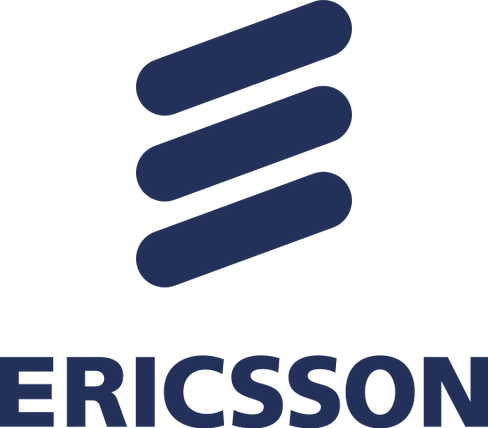Franko Franicevich
VoIP in the cloud expert
ShoreTel

Franko is a professional wanderer. He lived and worked in New Zealand, Australia and United States; mostly in the field of communications including developing the back end infrastructure for ISPs and hosted VOIP providers.
For the last nine years he has hung his hat at M5 Networks, one of the leading hosted business VOIP providers in the US. M5 was recently acquired by ShoreTel, so he is now working at ShoreTel as 'Chief Architect' in their newly formed 'SaaS' devision. Franko is still trying to figure out what that means...
For the last nine years he has hung his hat at M5 Networks, one of the leading hosted business VOIP providers in the US. M5 was recently acquired by ShoreTel, so he is now working at ShoreTel as 'Chief Architect' in their newly formed 'SaaS' devision. Franko is still trying to figure out what that means...
Franko leads the team that builds the core VOIP communications technology that ShoreTel uses for it's hosted/cloud VoIP phone system offering. His current favourite film is "A fistful of dollars" and his beer taste draws him to Russian Imperial Stouts or American IPAs.
Favourite quote: "It's expensive enough that they won't be able to complain that it doesn't do everything."
Favourite quote: "It's expensive enough that they won't be able to complain that it doesn't do everything."

Franko Franicevich is Giving the Following Talks
The ABCs of C to E(rlang): a Practical Guide to Porting a Softswitch
How to port a (successful!) hosted voip softswitch from C/C++ to Erlang. The whys, the hows, the successes and failures; and how to convince your manager it's a good idea!
M5/Shoretel runs a very successful hosted voice over IP enterprise class PBX written primarily in C and C++. Five years ago we started to investigate the possibility of using Erlang as the primary language for the project.
This is the story of how we evaluated it, how we got excited by it, how we're using Erlang to build new features, rewrite existing modules, and the lessons we've learned (both good and bad) on the way. (All while improving our stability and service to keep our customers from running away.)
Talk objectives: This is intended to be a practical guide to how one might begin to use Erlang in an already existing, successful project and environment; and the benefits that can be gained.
We've learned some valuable lessons during this continuing process that may prove educational to others contemplating doing similar things; and hopefully encourage them to take the same plunge.
Target audience: Anyone considering building a new, large project in Erlang; and particularly those who already have successful projects in other languages who might be wondering if it's worth the risk; and how they might go about such a transition.
M5/Shoretel runs a very successful hosted voice over IP enterprise class PBX written primarily in C and C++. Five years ago we started to investigate the possibility of using Erlang as the primary language for the project.
This is the story of how we evaluated it, how we got excited by it, how we're using Erlang to build new features, rewrite existing modules, and the lessons we've learned (both good and bad) on the way. (All while improving our stability and service to keep our customers from running away.)
Talk objectives: This is intended to be a practical guide to how one might begin to use Erlang in an already existing, successful project and environment; and the benefits that can be gained.
We've learned some valuable lessons during this continuing process that may prove educational to others contemplating doing similar things; and hopefully encourage them to take the same plunge.
Target audience: Anyone considering building a new, large project in Erlang; and particularly those who already have successful projects in other languages who might be wondering if it's worth the risk; and how they might go about such a transition.


